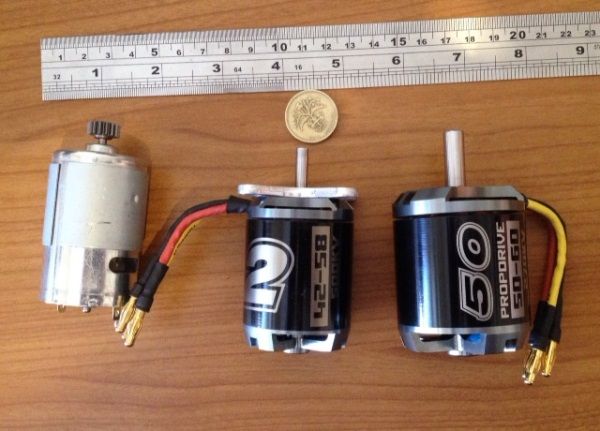I've seen the APS range but price and variety was the stickler for me.
I can get the NTM motors in a range of KV's and voltages from the AU warehouse for $30-45 shipped. This is pretty important if we decide to sell these as a product and it also allows people to buy replacement motors quickly from their own local hobbyking warehouse (UK, EU, AU, US).
If someone is keen to use the APS units for their own brushless drive tests, I'm keen to see the performance
I can get the NTM motors in a range of KV's and voltages from the AU warehouse for $30-45 shipped. This is pretty important if we decide to sell these as a product and it also allows people to buy replacement motors quickly from their own local hobbyking warehouse (UK, EU, AU, US).
If someone is keen to use the APS units for their own brushless drive tests, I'm keen to see the performance




Comment